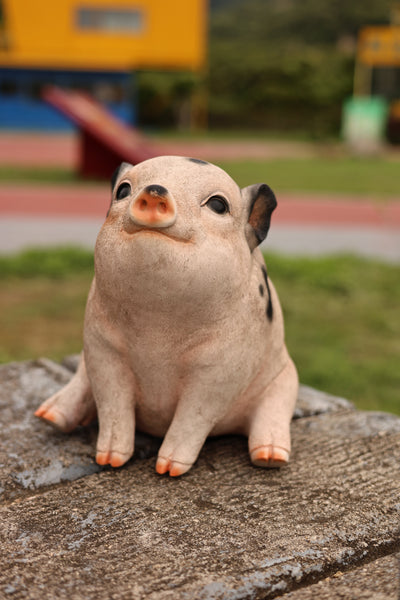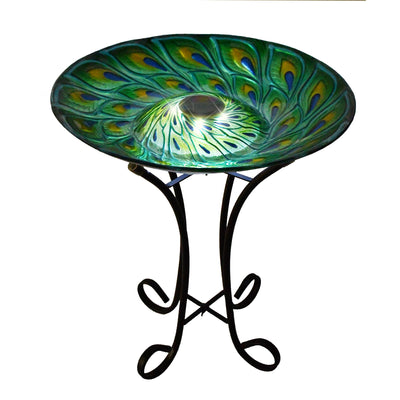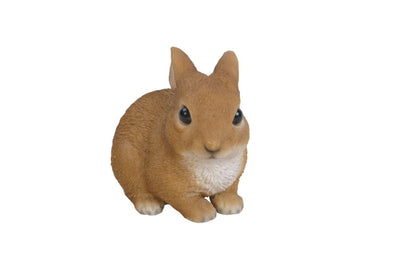What Size Fountain Is Best for Your Summer Garden Layout?
When designing a summer garden, one of the most impactful decisions is choosing the right size of outdoor fountain. A fountain adds not only visual beauty but also tranquil sound and a refreshing focal point. However, selecting a fountain that’s too large or too small for your garden layout can disrupt the balance of your space.

Product in Picture: Zinc Metal Fountain with LED Lights - Serenity in Motion
This guide will help you understand how to choose the ideal fountain size based on garden dimensions, layout, and design goals — ensuring your backyard, patio, or courtyard is both inviting and well-proportioned.
Step 1: Assess Your Garden Space
Start by measuring the usable area where you plan to install the fountain. Whether you have a sprawling backyard or a cozy patio, size should complement — not overwhelm — the surrounding space.
Small Spaces (under 100 sq. ft.): Opt for tabletop or compact wall-mounted fountains. These work well on balconies, decks, or condo patios.
Medium Gardens (100–300 sq. ft.): Consider tiered fountains, freestanding pedestal models, or solar-powered styles that create visual impact without dominating the landscape.
Large Gardens (over 300 sq. ft.): You can comfortably install grand multi-tiered fountains, pond fountains, or centerpiece features that draw attention across the entire yard.

Step 2: Match Fountain Size to Garden Style
Your overall garden style will influence the best size and design of fountain:
Formal Layouts: Symmetrical gardens often benefit from medium-to-large fountains placed at the center of a courtyard or lawn area.
Cottage or Rustic Gardens: Smaller fountains with natural stone finishes or aged textures blend in best.
Modern Minimalist Yards: Sleek, medium-sized fountains in black, concrete, or metal make a subtle statement.
Wildflower or Zen Gardens: Consider low-profile fountains that emphasize sound and simplicity.
Step 3: Consider Practical Factors
Beyond style, some practical considerations can help you narrow down the right fountain.
Size for Your Garden: Water Source & Power Access: If your fountain requires electricity, ensure that cords can safely reach a power outlet. Solar fountains work well in sunny areas and reduce wiring concerns.
Wind & Splash Zone: Larger fountains often produce more splash. Make sure it’s not placed near seating or pathways unless intended.
Weight & Stability: Heavier fountains are better suited for permanent installations, while lightweight resin or fiberglass models are ideal for seasonal setups.
Step 4: Functionality Matters
Think about the primary role of your fountain:
Visual Centerpiece: Large, bold fountains should anchor a seating area or be surrounded by plant beds.
Sound Therapy: Medium-sized fountains with a gentle waterfall or bubbler can mask traffic noise and enhance relaxation.
Bird Attraction: Small to mid-sized tiered fountains often double as bird baths, especially in quiet, shaded areas.

Bonus Tip: Scale It With Other Elements
Your fountain should work in harmony with other garden features — like benches, lighting, pathways, and planters. Here’s a rule of thumb: the fountain should take up no more than 1/5 to 1/10 of the visible area, depending on how open your space is.
If you’re designing from scratch, consider creating a dry run with stones or planters to test visual balance before installing the final product.
The perfect fountain size depends on your space, goals, and personal style. Whether you're designing a relaxing nook for quiet mornings or a dynamic space for entertaining, choosing a proportionate fountain will tie your garden together beautifully.
At Hilinegift.com, you’ll find a wide range of outdoor fountains in different sizes, materials, and styles all designed to suit North American homes and weather conditions.




















Leave a comment